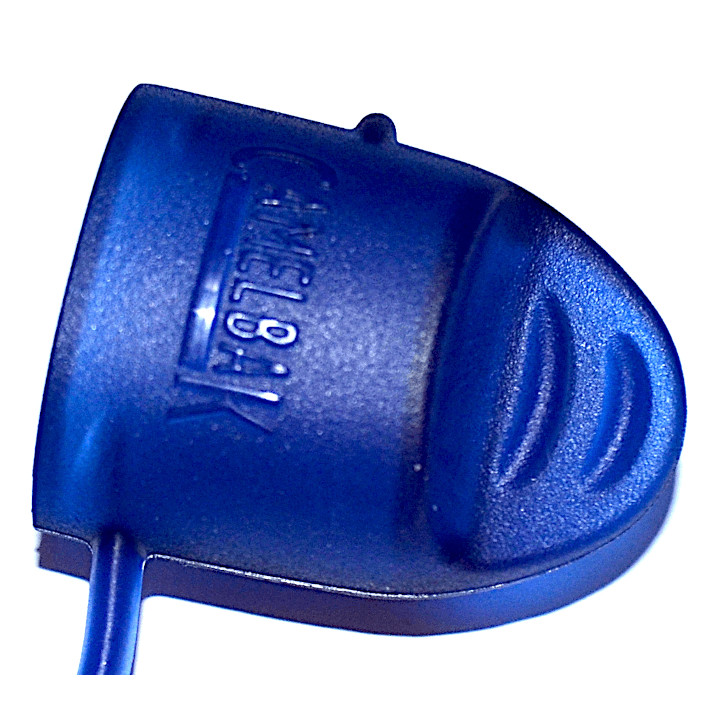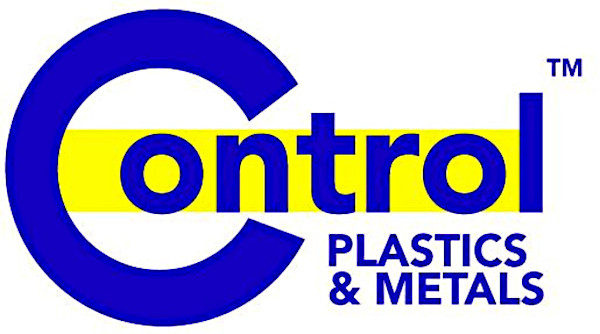Texturing Injection Molded Parts
 Texturing is a critical step in the manufacturing process of plastic parts, particularly those made through injection molding. Beyond the primary purpose of shaping the plastic, texturing adds an additional layer of functionality and aesthetic appeal, making the finished product not just a mere component, but a piece of art and engineering excellence.
Texturing is a critical step in the manufacturing process of plastic parts, particularly those made through injection molding. Beyond the primary purpose of shaping the plastic, texturing adds an additional layer of functionality and aesthetic appeal, making the finished product not just a mere component, but a piece of art and engineering excellence.
Texturing can also improve the functionality of a plastic part. For instance, a textured surface can provide better grip, reduce glare, or improve scratch resistance. In automotive parts, for example, texturing is often used to reduce the visibility of fingerprints and smudges, ensuring that the interior remains pristine over time.
When designing a texture for a plastic part, several factors need to be considered:
- Material: The type of plastic being used will affect how the texture appears and feels. Softer plastics may not hold fine details as well as harder materials, and some plastics may require specific treatments to achieve the desired texture.
- Part Design: The design of the part itself can influence the effectiveness of the texture. Sharp corners and deep recesses may be challenging to texture uniformly, so the design may need to be adjusted to accommodate the texturing process.
- Mold Maintenance: Textured molds require regular maintenance to prevent wear and tear that could degrade the quality of the texture over time. Proper care and cleaning are essential to maintaining the consistency of textured surfaces in long production runs.
If you’re considering texturing the surface of your part, our engineers are ready to assist you in selecting the perfect texture to meet your needs.

To view all the textures we can obtain on molds we build, please click the links below to download the zip file.
